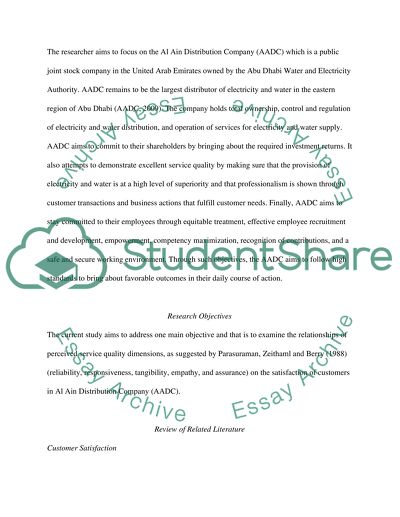Cite this document
(“How to satisfy the customers in alain distribution company ( water and Research Paper”, n.d.)
Retrieved from https://studentshare.org/family-consumer-science/1406921-how-to-satisfy-the-customers-in-alain-distribution
Retrieved from https://studentshare.org/family-consumer-science/1406921-how-to-satisfy-the-customers-in-alain-distribution
(How to Satisfy the Customers in Alain Distribution Company ( Water and Research Paper)
https://studentshare.org/family-consumer-science/1406921-how-to-satisfy-the-customers-in-alain-distribution.
https://studentshare.org/family-consumer-science/1406921-how-to-satisfy-the-customers-in-alain-distribution.
“How to Satisfy the Customers in Alain Distribution Company ( Water and Research Paper”, n.d. https://studentshare.org/family-consumer-science/1406921-how-to-satisfy-the-customers-in-alain-distribution.


